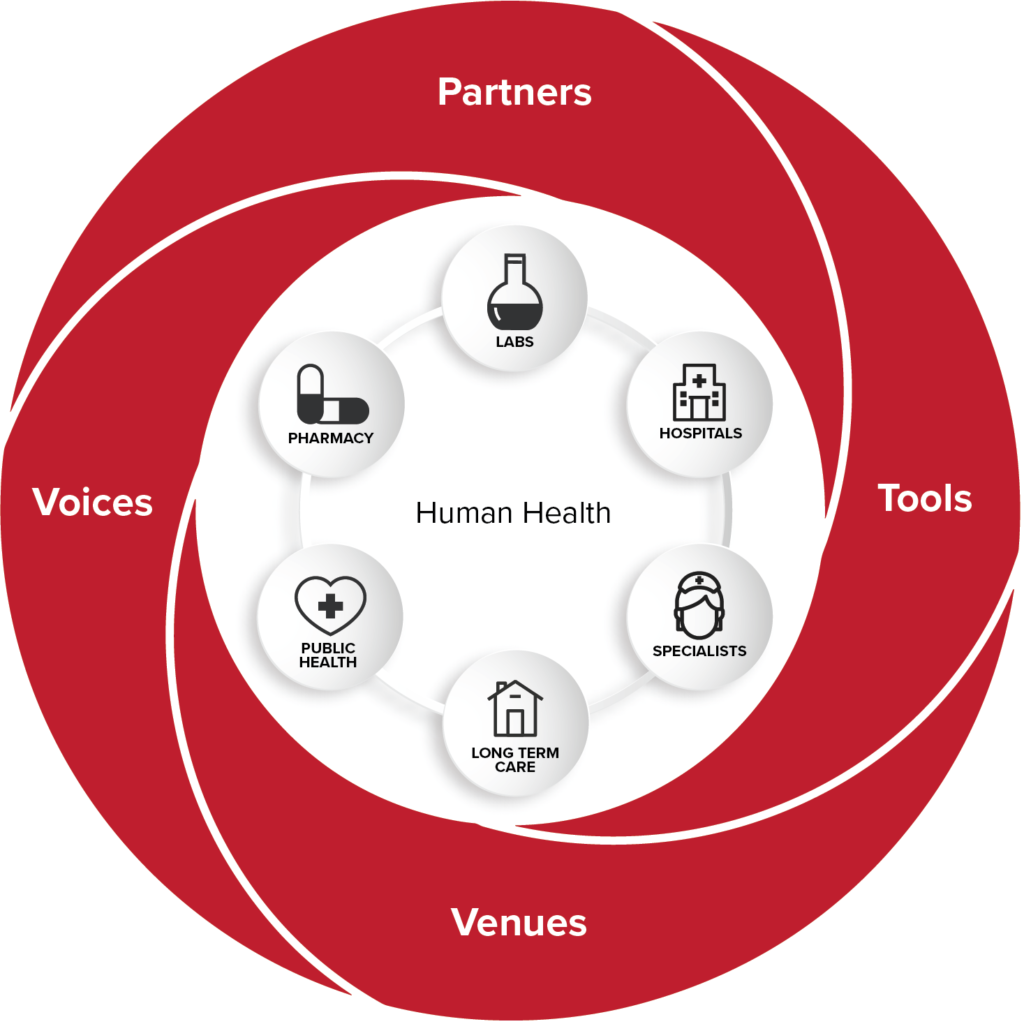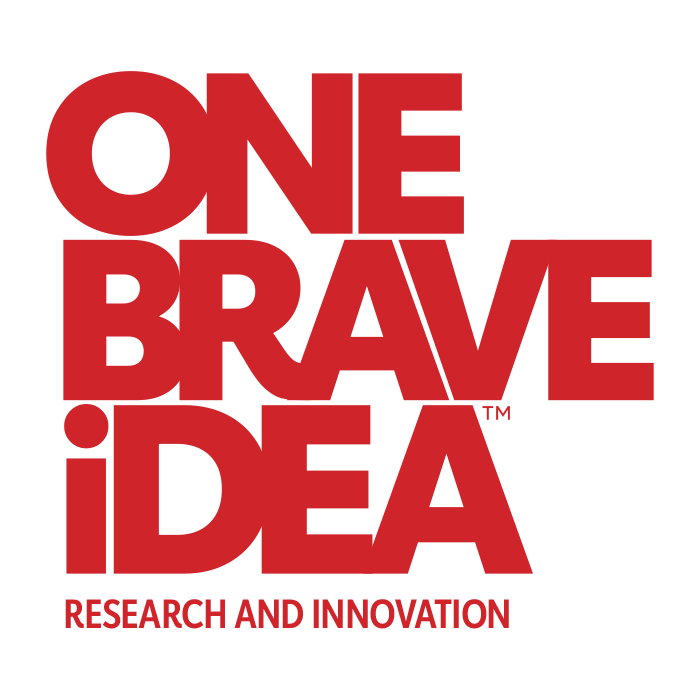Innovating in the 21st century:
What's new?

New sources of data such as those acquired by wearable sensors during routine activities outside a medical facility, electronic health data from routine clinical care, and findings from transactions such as purchases will add to the phenotype of individuals. Data from these new sources will require AI approaches to understand how they identify patterns of health and disease and new approaches to prevention and treatment.
